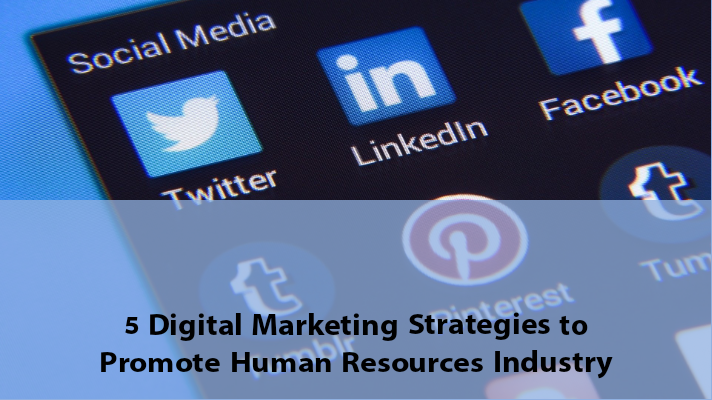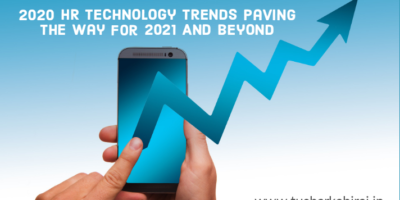Surprisingly, HR has nothing to do with digital marketing. These two verticals are running in two completely different directions. However, with the popularity of social media and advanced technology, HR leaders are capitalizing on the vast opportunities that digital marketing seeks for competent candidates and retaining existing ones.
Human resources have come a long way to influence digital marketing strategies in their recruitment and other employee-related tasks. For example, the use of online job portals has become a universal trend in the industry, which has transitioned to using social media networks for quality talent. Nowadays, organizations are working extensively to stay on top of technological trends for training, recruitment, and talent management.
In addition, HR leaders have gradually become the most valuable verticals. With the adoption of digital media strategies, they are moving from the role of job hunters to the role of real brand builders.
Social media for talent acquisition
Social media and networking sites are becoming a tremendous source of reaching experienced and skilled candidates. According to a recent study, about 94 percent of recruiters are highly active on LinkedIn. It provides access to potential candidates for job seekers to talent and business leaders working in the HR industry.
In addition, it makes screening of a candidate’s resume easier because talent leaders can quickly go through their social media profiles that reduce fares and interview time. Additionally, the use of social media makes it easy for interaction opportunities that help HR know that candidates are suitable to fill in the position.
Up to date web presence
An updated website is a channel for building trust between organizations and job seekers. Since this is the first thing that job seekers witness, a company website acts as an information hub where they can scroll through recruitment opportunities and listings in the company.
The HR team is focusing on keeping the website up to date reflecting the work culture, ethics and trends of the company. For example, sharing a development report on a company’s website can be a great technique to provide information about the performance of a company’s people. Additionally, informative articles related to other industries can be created to secure brand visibility.
Digital Employer Branding
People are the most important asset of the company. To show the employer that the company is a good employer. The concept of employer branding goes much further than company branding or distribution of collaters with Facebook or LinkedIn pages.
Having digital tools to create brand awareness can help HR in building the company’s reputable employer brand. In today’s HR, digitally transformed ecosystem, employers use a full spectrum of channels from the web to social media to reinforce the brand. This may involve using social media networking platforms to manage an employer’s brand identity through an impeccable piece of content.
Realize strong data analytics
Organizations that use strong data analytics outperform their peers in talent management and acquisition. Using analytics, HR can attract people with the right competencies and manage talent effectively. In addition, analytics can help HR gain measurable insights on recruitment, performance, productivity, salary and benefits, and more.
In addition, to improve employee retention and build efficiency, HR can study employee turnover rates that help in better decision making in employee engagement and exit. The use of specialized HR analytics that can be integrated with finance data can help create a cost-efficient HR ecosystem.
It may also involve the use of workforce performance analysis to identify good and bad actors. As a result, HR needs to make the right decisions in providing training and support to employees who need to excel.
internal communications
An effective communication successfully educates, informs, and motivates employees. Having a strong internal communication plan promotes cultural change and employee engagement.
Embedding digital devices into internal communication planning can result in an enhanced employee experience. For example, blogs can be an effective digital tool for sharing the right information with employees.
In addition, HRs can take advantage of the use of social media groups as a platform to engage employees to distance
Digital marketing has opened many opportunities for job seekers and recruiters. Adopting digital transformation tools and integrating them with HR functions can showcase valuable talents and develop a strong HR ecosystem.










Leave a Reply